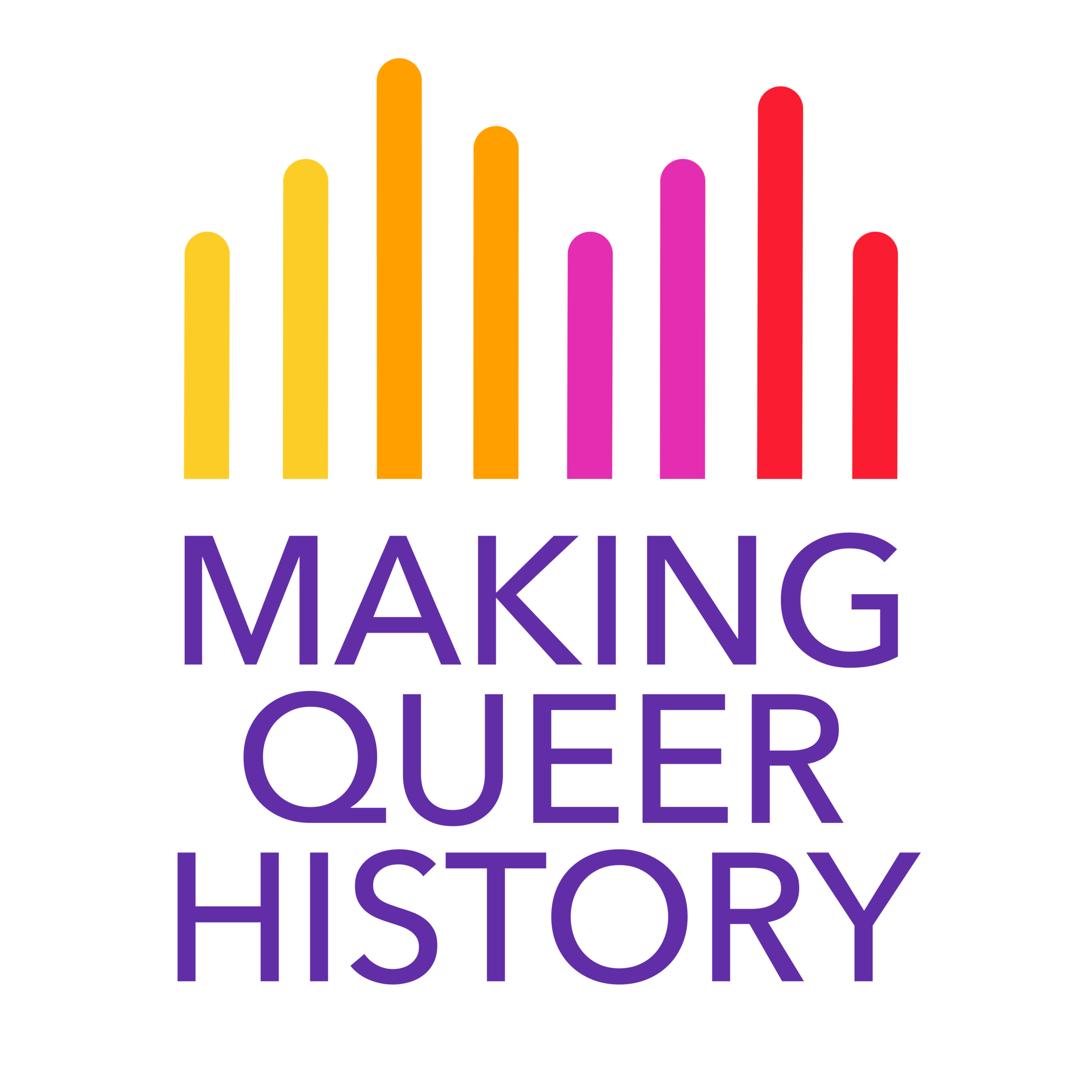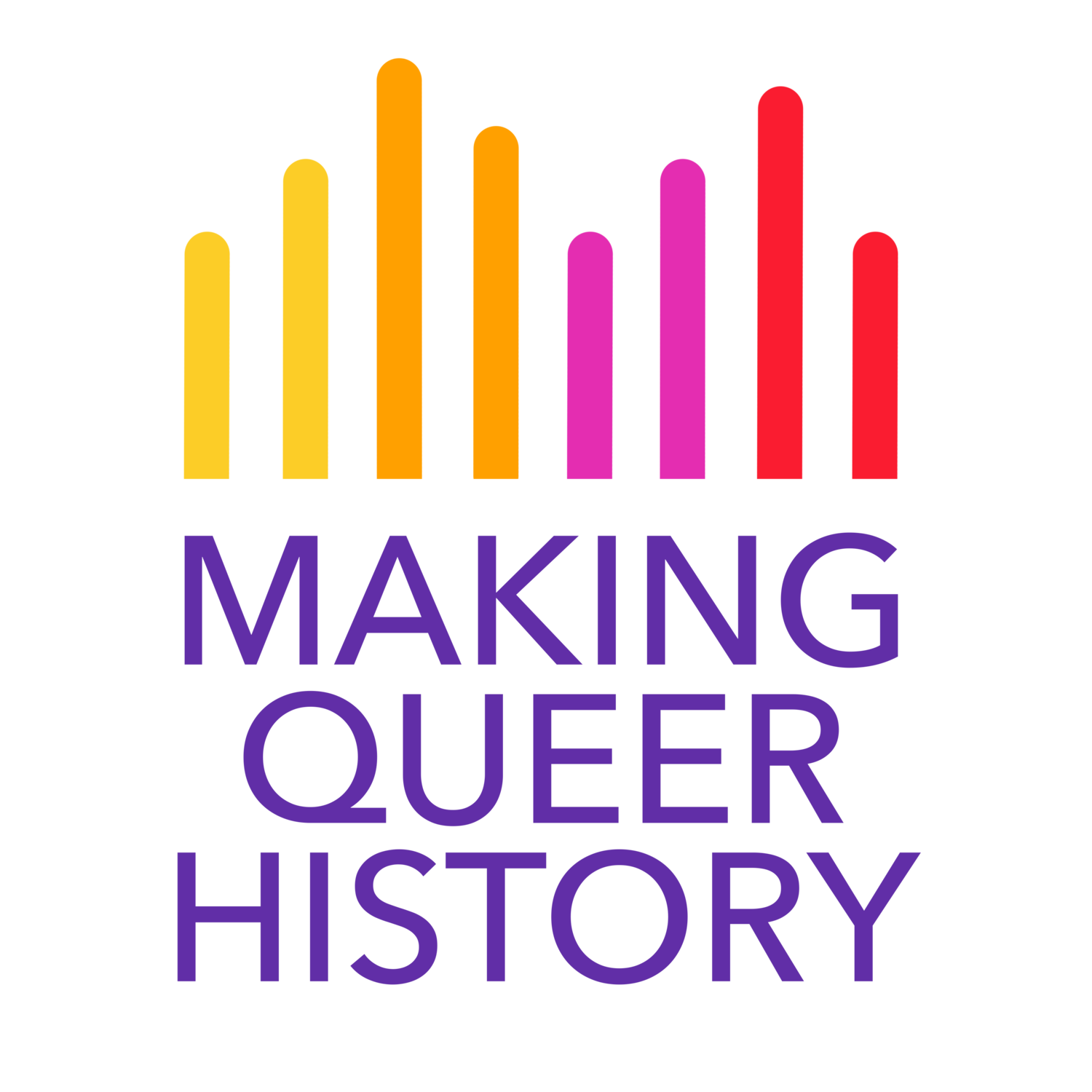All tagged United States of America
Artists are often deeply rooted in one country. For Amrita Sher-Gil it was India. David Paynter had Sri Lanka. Claudio Bravo had not one country, but many. Moving from his native Chile, he travelled through America, Morocco, Spain, and the Philippines without seeming too attached to any one country. A relatively successful painter, he was allowed more freedom to explore the world than many of his contemporaries and gave much more attention to his love of painting than any nationalistic inclination.
A complex issue within the queer community, and looking back we see it has been an issue throughout queer history, is that of adultery. Something often painted as a clear black and white issue becomes blurrier as you look at it through a queer lens. In an ideal world, everyone would communicate with their partners and be transparent about their wants and needs, but that is not the world we live in nor have we ever. The further back you go, the more confusing the decision becomes. It is difficult to pass judgment on a queer person who may have been pressured to marry or enter a relationship for seeking people outside of that arrangement. While there is a glorious history of spouses supporting their queer partners, that is not a universal or even common experience.
Victoria Arellano moved to the United States of America from Mexico to live with her mother, Olga, in California when she was seven years old. From a young age, she knew she was transgender, drawing herself in pictures as a crying woman, and writing poetry about her identity. She would put on makeup before going to school, and sneak out of her window to avoid fighting with her disapproving mother.
The relationship between gender and sports has always been a complicated one, made even more so by modern gender roles. After the 1930s, it was increasingly common for athletes in international circles to be put through what was called “sex tests,” aimed at removing “gender frauds.” This was particularly true for women’s sports. These tests, lacking in scientific reasoning, tended to be invasive and humiliating. The goal was to ensure that no men were competing in the women’s Olympics, and so athletes were measured against white cishetero standards of femininity.
[…]
One of the men who started and fortunately escaped from these discussions was Zdeněk Koubek. He was a transgender man who, after some years of participating in the Women’s Olympics and breaking several world records, withdrew from competitive sports and prioritized his own happiness.
In the age of the internet, recording queer history has never been easier; not only in sharing stories as we do at Making Queer History but in preserving stories that may otherwise be lost. Blogs, social media, videos, newsletters, and more have become the means by which we commemorate and celebrate one another and ourselves. Researching someone’s life is much easier when they’ve recorded it on their own blog, as is the case for tatiana de la tierra.
In honour of Lesbian Day of Visibility recently, we wanted to look at a woman whose music is incredibly well-known, but whose queerness is often erased. Her music has been used in PSAs and presidential campaigns alike, and she worked hard to become a prolific singer, songwriter, actress, and LGBTQ+ activist. Lesley Gore was a vibrant and proud Jewish lesbian. Unlike many of the people we write about, she was fortunate enough to have the language to talk about her identity—and did. It’s an unfortunate truth that one of the rare people we’ve written about who used clear terms to describe their experiences still had her experiences erased.
Historians erasing queerness from the narrative isn’t new. Jane Addams’ story has gone another way; her queerness is known, and cannot be erased. Without it, her legacy would not exist in the same way. Instead, scholars and historians have attempted to use her work to overshadow her queerness while claiming the opposite was happening. Acknowledging one part of her life does not erase another; we must look at all the parts of her life to understand who she is and why she lived the life she did.
This article contains mentions of the Holocaust and suicide.
When discussing queer people and the law, it isn't rare for the two to conflict. Not only because of the many queer identities that are or have been illegal throughout the world, but also because once you question the morality of one law, it is not a large leap to wonder at the morality of others. As we look at the life of one of the most famous art forgers in the world, that conflict becomes particularly relevant.
"Like Garbo, I have been given many labels by the newspapers, ‘Very nearly as handsome as Valentino' . . . 'the masculine version of that mysterious fascination with Garbo's.' [But] I am tired of being just a screen lover, and I hope someday to get a chance to be myself. I am rather like Greta in that I like to be alone. I love peace and quiet. Hollywood is really no place for me. I stagnate here . . . I only feel awake when the air is fresh and crisp as in my native Scandinavia.” — Nils Asther
Black. Gay. Activist. During an era when segregation and severe homophobia began rearing its ugly head in the U.S, an era when the AIDS crisis was just beginning to shake the world at its core Bayard Rustin was in the trenches fighting first for the civil rights of his fellow African American brothers and sisters, and later: the lesbian and gay community. Although Rustin faced harsh criticisms and scrutiny for his identity, his [queer] intervention concerned more than just the iconic mass march on Washington as he was an advocate and often silent leader in social movements for civil rights, socialism, nonviolence and gay rights. A man at the intersection of black and queer, devoted his life with purpose unlike any I’ve ever seen.
"[...]spinsters were seen as queer, not because they were not mothers or wives, but because they wanted to go into the public sphere and to break the gender boundaries between the private and the public." — Hellesund Tone
To make a community is to come together. For queer folks, we often have to fight for that community. But what of those who are a part of multiple communities; those who do the work to bring communities together? For Lou Sullivan, pioneer of the grassroots FTM movement, it meant paving the way for himself and other gay trans men.
In a world like ours, women like Frieda Belinfante are dearly needed. The first woman in Europe to be artistic director, conductor of an ongoing professional orchestral ensemble, and cellist, she was a woman who put her passions to the side when it became evident that the world around her needed something more. Let us look together at Frieda Belinfante, a queer woman who shaped the world and protected those around her.
Dawn Langley Hall is a rarity in our research, in that she has an autobiography. A writer herself and an experienced biographer, she took on the challenge of summing up her own life not one, but three times. Because of this, we are lucky to have access to fountains of information about her; unfortunately, much of it seems to be more fiction than non.
“To reject speechlessness, a process which has taken years, and to invent my own peculiar speech with which to describe my own peculiar self, to draw together everything I am and have been.” — Michelle Cliff






